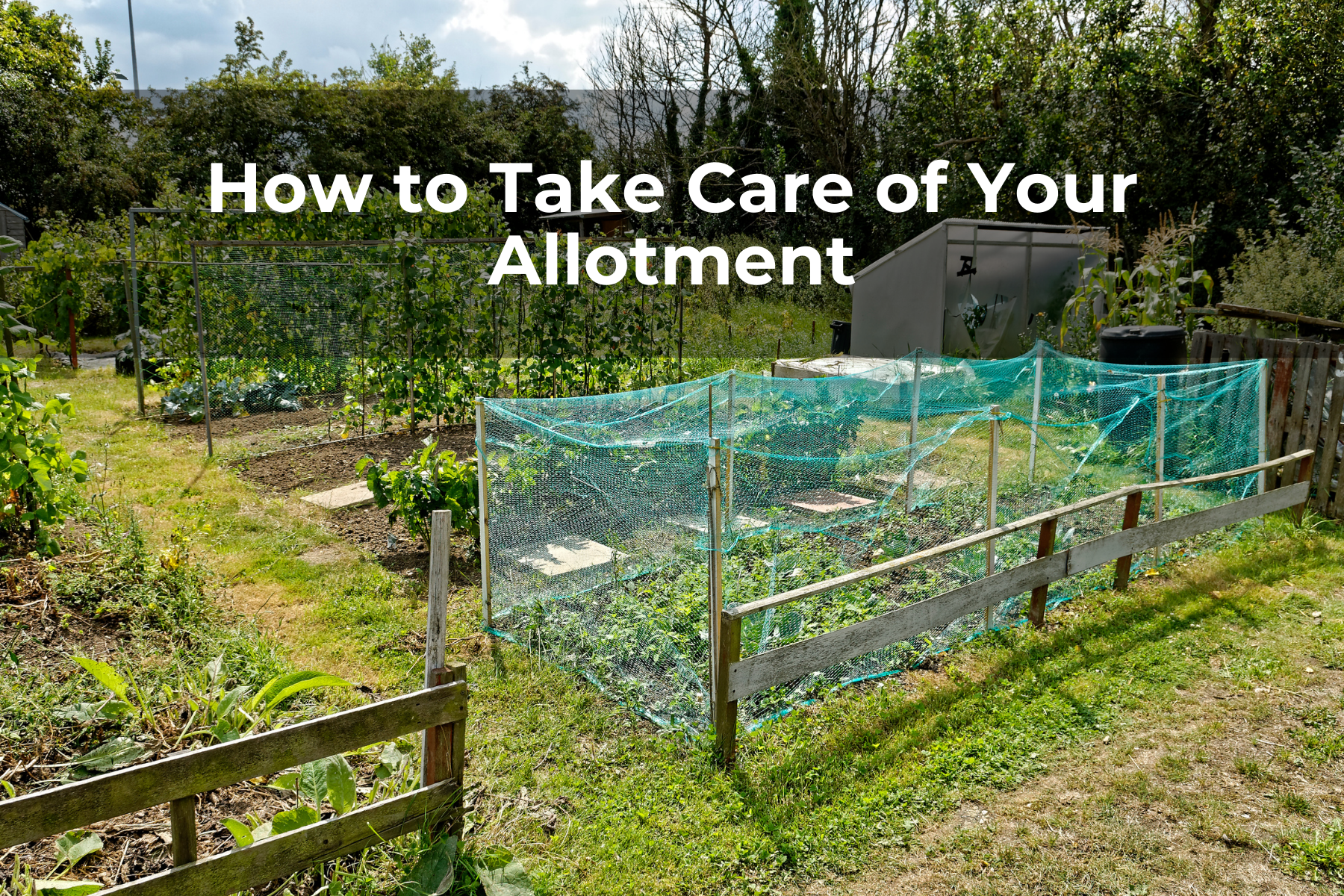Last Updated on April 9, 2024 by Real Men Sow
An allotment is an area of land that is leased – usually from a local council – and used to grow plants, fruit and vegetables. Some allotments also allow you to keep animals such as hens or bees on your plot. Allotments have seen a surge in popularity in recent years, with increasing numbers of people seeing the appeal of allotment keeping and in many areas, there are long waiting lists for a plot.
Taking care of an allotment can take up a lot of time but it is also a highly rewarding hobby. If you’re fortunate enough to already have or be offered a plot, this article will give you some tips on how to take care of your allotment.
Plan Ahead
Before you lift your spade and start digging, grab a piece of paper and pencil instead and draw out a plan for your plot. Think about what your intentions are for your allotment and how you can make the most of the space. If you can, it’s a good idea to ask someone with experience for their opinion on your plan and see if they can offer suggestions on the layout. Don’t forget to leave pathways wide enough for a wheelbarrow to fit through!
Clear Out
When you arrive on your plot for the first time, chances are, you’ll be faced with someone else’s leftover allotment efforts. This is likely to include lots of weeds, perhaps a few plants and old equipment or rubbish. Take the time to give your plot a once over and see what – if anything – can be salvaged but be sure to get rid of old, rusted equipment that could be dangerous. Clearing your plot may seem hard work but it’ll make it easier moving forward if you have a fresh start and know exactly what you’re dealing with.
Be Aware of Seasons
When it comes to the type of plants you intend to grow, you’ll want to be aware of the seasons. Plants grow best during spring and summer, and need plenty of leaves if they’re to grow successfully, this means they need to be on their way before late spring. If your plants need a warm environment, for example, tomatoes and strawberries, you can use a small polytunnel to keep them protected. Autumn is harvest time for many crops, although some hardier vegetables can even be grown in winter.
Weeding
Weeds are one of the biggest issues you’ll face on your allotment and it’s important to keep up weeding throughout the year to avoid your plot becoming overwhelmed. You can also plan your plot to try and minimise weeds, by being clever about where you plant your crops. Some plants, such as pumpkins, carrots, onions and potatoes will smother weeds. However, perennial crops like fruit need to be planted in areas that are fully cleared of weeds.
Know Your Soil
Knowing what type of soil you are working on will determine what plants will grow best on your allotment. In the UK, there are six main types of soil: chalky, clay, loamy, peaty, sandy and silty. DIY soil tests will help you work out which soil you have, and from that, you can make decisions about which crops are likely to thrive on your allotment.


